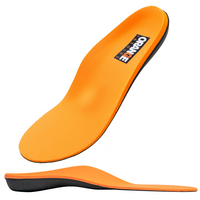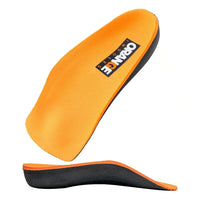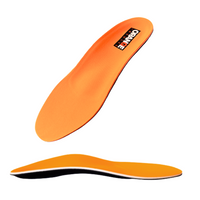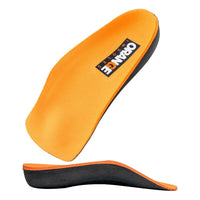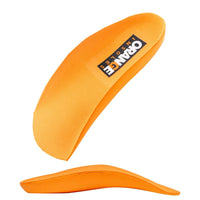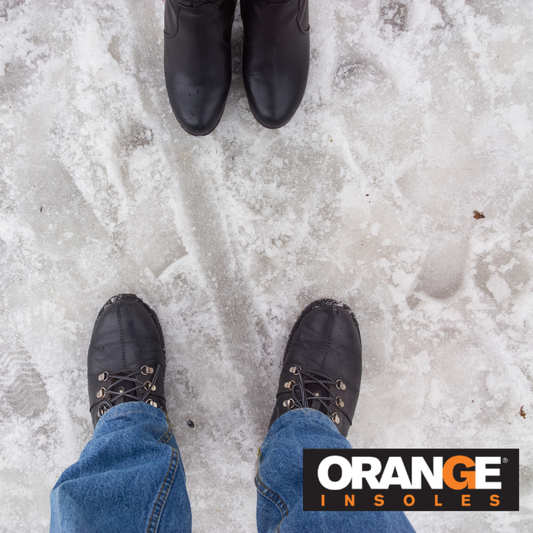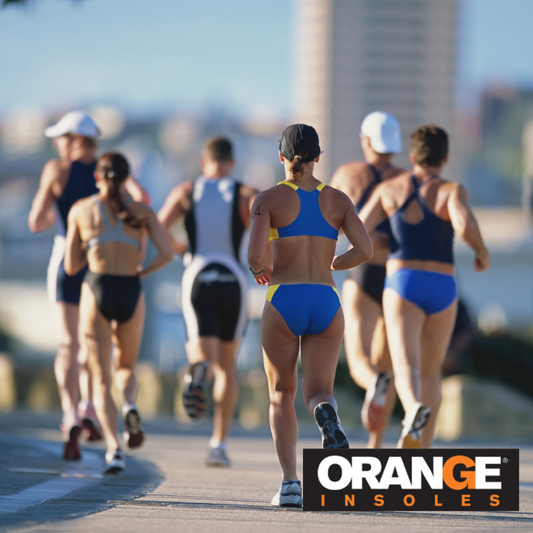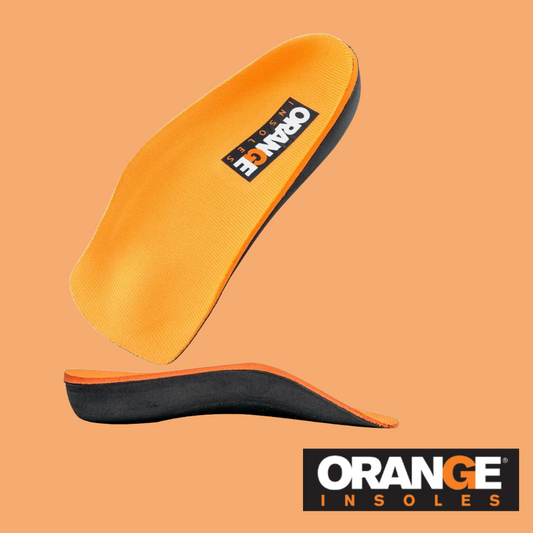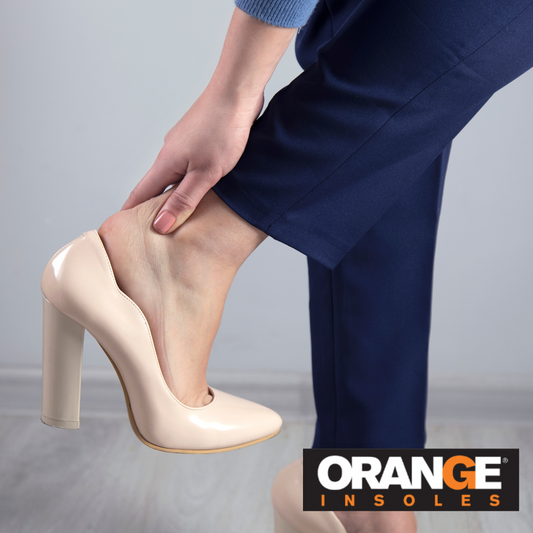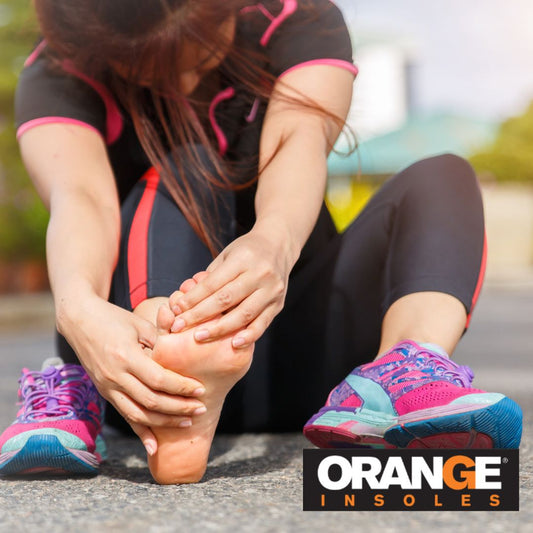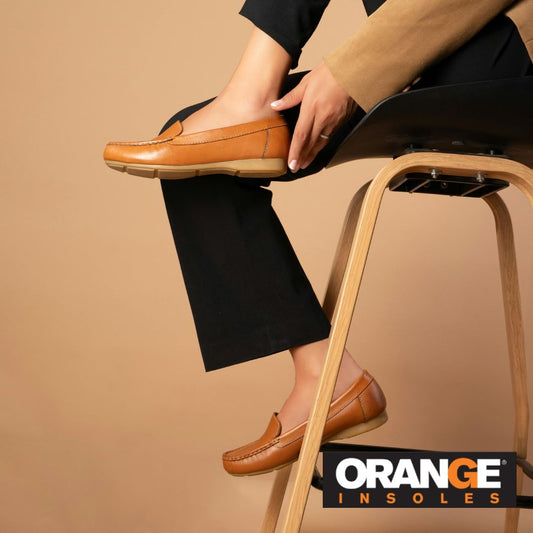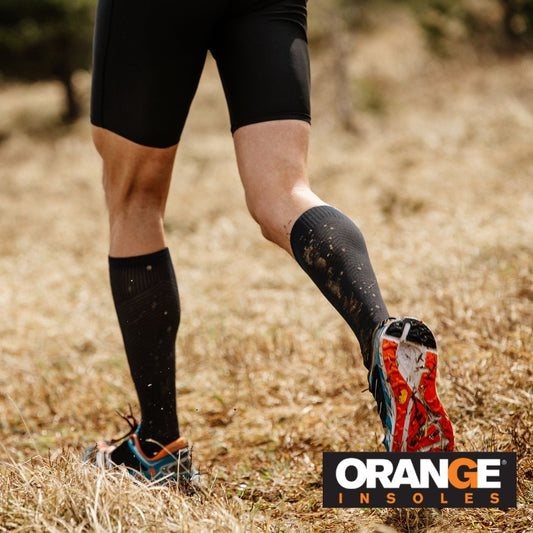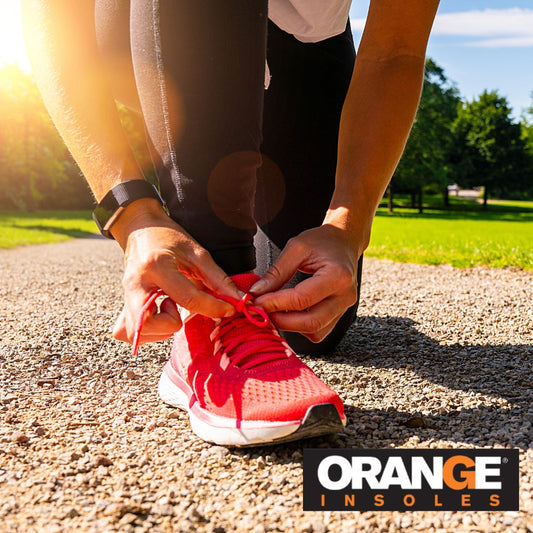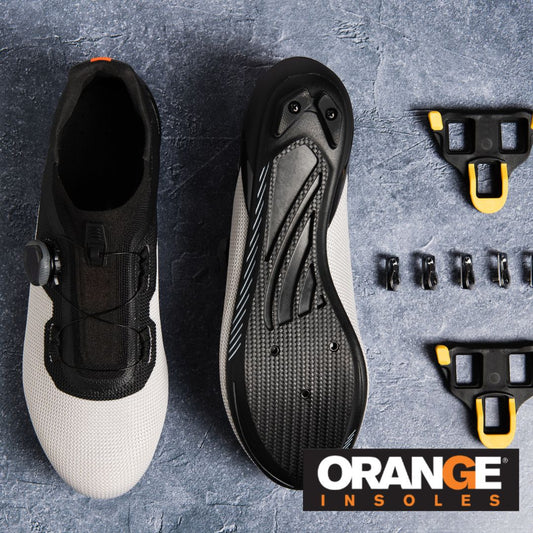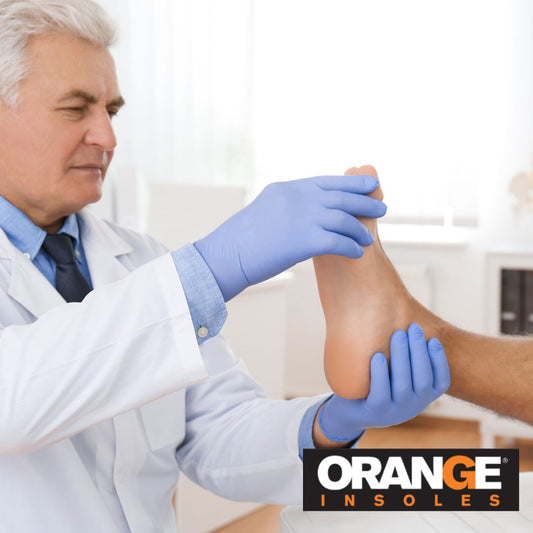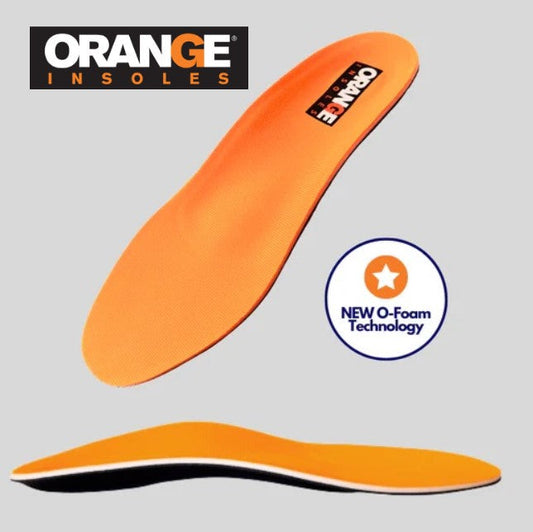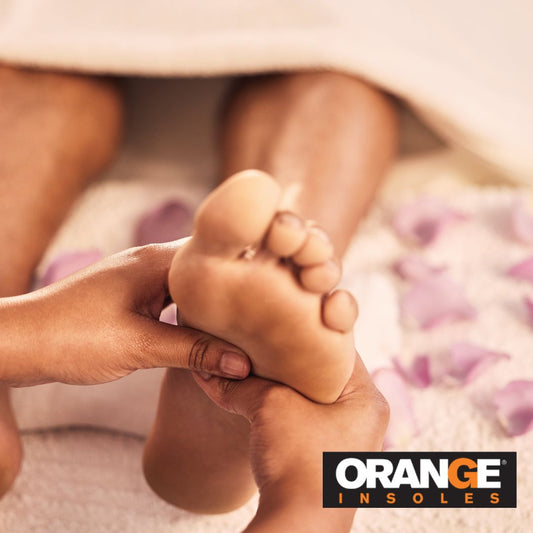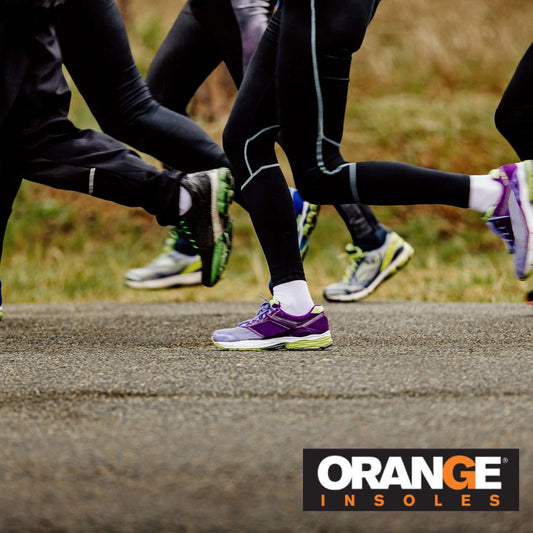Trail running is one of the most rewarding ways to enjoy the outdoors, build endurance, and challenge yourself in new ways. Unlike road running, trails take you across uneven ground, rocky paths, and sometimes steep climbs. That variety makes trail running a mental refresh and a full-body workout but it also means your body needs the right prep and support to stay safe.
If you’ve been thinking about hitting the trails, here’s your guide to getting started the right way.
Why Trail Running?
Trail running isn’t just road running with more dirt. It’s a different experience altogether.
-
Engages more muscles: Uneven terrain forces your stabilizer muscles to work harder.
-
Builds balance and agility: Roots, rocks, and inclines challenge your coordination.
-
Boosts mental health: Being in nature helps reduce stress and boost mood.
-
Lower impact (sometimes): Softer terrain can be gentler on joints than pounding pavement.
But these same benefits also bring risks: rolling ankles, sore knees, shin splints, or foot fatigue are common for beginners. That’s why preparation is key.
Step 1: Choose the Right Shoes
Regular road running shoes usually aren’t enough. Trail shoes are built for:
-
Grip: Deeper lugs on the sole for traction on mud, gravel, and steep hills.
-
Durability: Stronger uppers that resist tears from rocks or roots.
-
Protection: Added cushioning and rock plates to protect your feet from sharp terrain.
Even with the best shoes, most stock liners don’t provide enough support. That’s where insoles come in especially if you’re prone to foot pain or overpronation.
Step 2: Start Slow and Build Up
If you can run 5 miles on the road, don’t assume you can run 5 on the trail. Trails demand more energy per mile, so:
-
Start with short, easy runs (1–3 miles).
-
Mix trail runs with road runs until your body adapts.
-
Focus on effort, not pace, trail miles are slower but tougher.
Step 3: Gear Up for Safety
Trail running requires a little extra gear compared to road running:
-
Hydration pack or belt (water sources may not be available).
-
Navigation tools (map, GPS watch, or phone app).
-
Layers and weather protection (conditions can change quickly).
-
Safety gear (whistle, small first-aid kit, headlamp if running late).
Step 4: Protect Your Body with Stretching & Strength
Most injuries in trail running come from overuse or poor mechanics. Common ones include shin splints, plantar fasciitis, and knee pain. Conditions like these are often caused by excessive pronation and lack of support, but can be managed with stretching, strengthening, and proper footwear (learn more about shin splints here and plantar fasciitis here).
To prevent them:
-
Stretch calves, hamstrings, and hip flexors.
-
Strengthen your quads, glutes, and core.
-
Include balance work (single-leg squats, stability drills).
And don’t overlook the importance of proper support inside your shoes.
Step 5: Add Insoles for Support & Injury Prevention
Trail shoes are designed for grip and durability, but they don’t always support your body’s alignment. Orange Insoles can help by:
-
Supporting your medial arch to reduce fatigue and overpronation.
-
Cushioning impact to prevent heel pain and plantar fasciitis.
-
Evenly distribute pressure to ease stress on your forefoot and knees.
-
Improving stability on uneven terrain, reducing risk of rolled ankles.
If you’re an athlete looking for a trail-specific boost, the Orange Sport™ Insole offers a slim profile for running shoes with high rebound O-Foam™ for energy return.
Final Tips for Beginners
-
Always check the trail map before you start.
-
Let someone know your route and expected return time.
-
Walking or power-hiking steep hills is normal and smart.
-
Listen to your body; small aches are common, but persistent pain is a sign to rest and reassess.
Ready to Hit the Trails?
Trail running is an adventure that builds strength, resilience, and mental clarity. With the right gear, preparation, and support under your feet, you’ll be able to explore new terrain without being sidelined by pain.
👉 Upgrade your trail running shoes today with Orange Insoles and experience the comfort, alignment, and injury prevention that keep you moving mile after mile.
